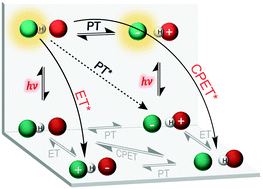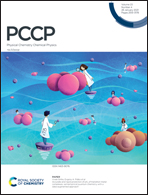Recent progress in approximate quantum dynamics methods for the study of proton-coupled electron transfer reactions
Abstract
Proton-coupled electron transfer (PCET) reactions are ubiquitous natural processes at the heart of energy conversion reactions in photosynthesis and respiration, DNA repair, and diverse enzymatic reactions. Theoretical formulation and computational method developments have eyed modeling of thermal and photoinduced PCET for the last three decades. The accumulation of these studies, collected in dozens of reviews, accounts, and perspectives, has firmly established the influence of quantum effects, including non-adiabatic electronic transitions, vibrational relaxation, zero-point energy, and proton tunneling, on the rate and mechanism of PCET reactions. Here, we focus on some recently-developed methods, spanning the last eight years, that can quantitatively capture these effects in the PCET context and provide efficient means for their qualitative description in complex systems. The theoretical background of each method and their accuracy with respect to exact results are discussed and the results of relevant PCET simulations based on each method are presented.

- This article is part of the themed collection: PCCP Perspectives


 Please wait while we load your content...
Please wait while we load your content...